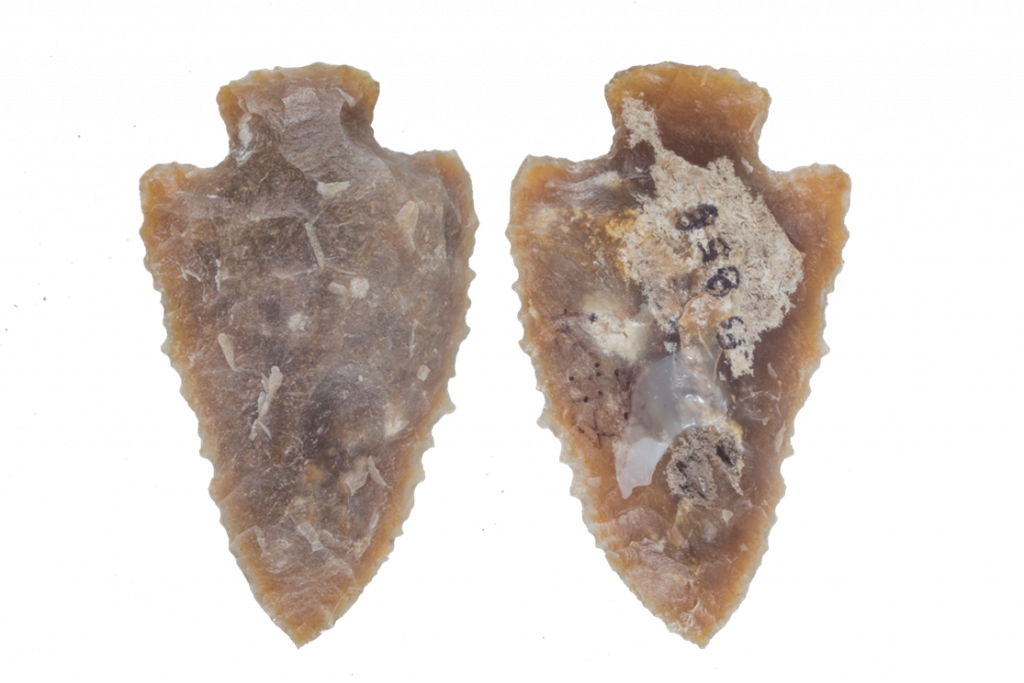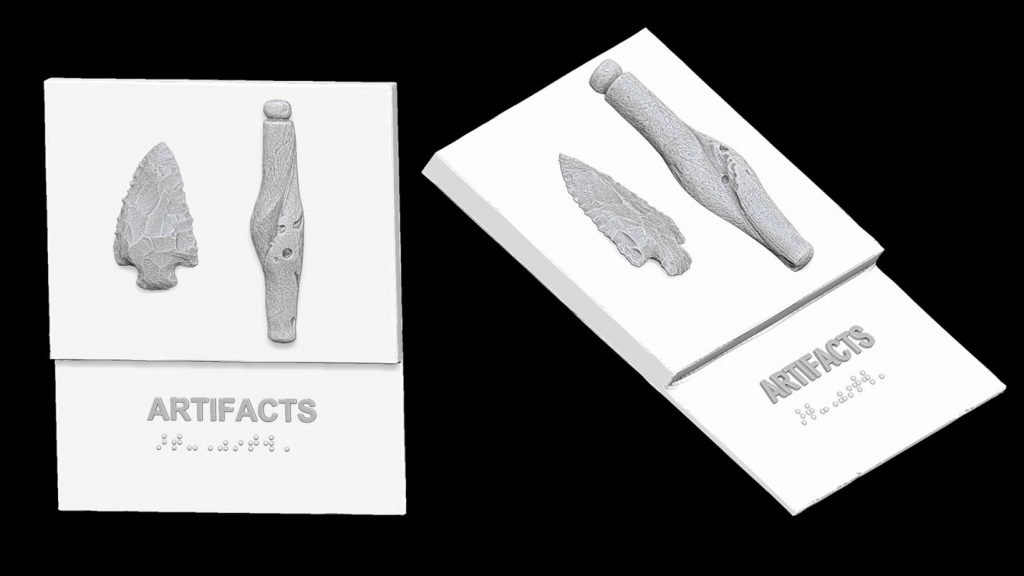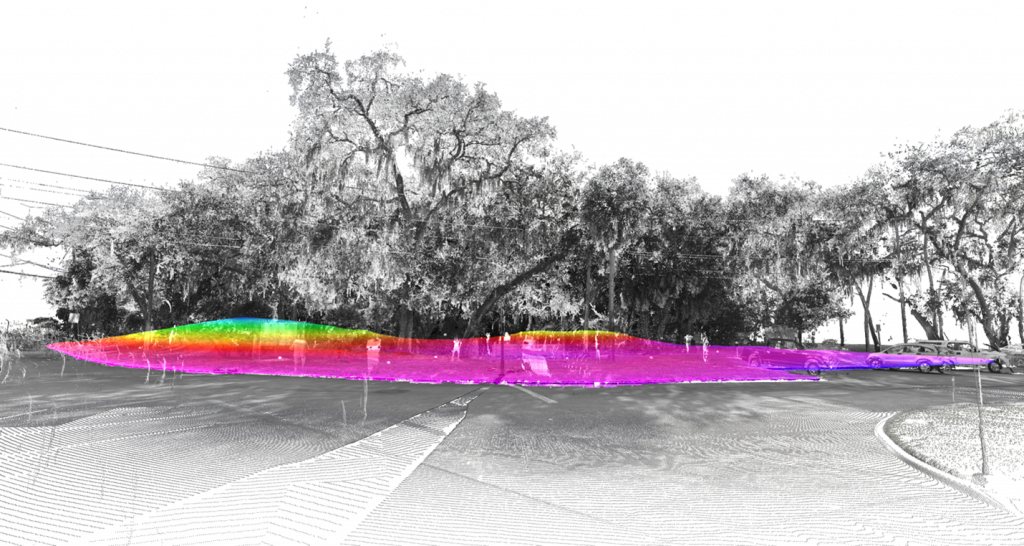Post by guest author Dr. Lori Collins, Research Associate Professor and co-Director of the Digital Heritage & Humanities Collection (DHHC), and LeEtta Schmidt, Copyright and Intellectual Property Librarian at the University of South Florida Libraries
In celebration of July being Park and Recreation Month, we are highlighting our USF Libraries research developed by the Digital Heritage and Humanities Collections (DHHC) relating to work in our national, state, and local parks and recreation areas.
Parks are home to significant historical and natural treasures that represent collective experiences and memories and are places that preserve and protect heritage, landscapes, and natural systems, and offer haven to plants and animals. Local parks are often our first experiences in nature and are places to reconnect with the environment.
Parks have been essential throughout the COVID-19 pandemic, with renewed appreciation development for natural areas happening globally. As many of our managed lands and historic sites have had to contend with limited visitation and access, our library has responded with virtual tours, immersive experiences, and a new emphasis on collection development relating to our national, state, and local parks programs.
We’re celebrating Park and Recreation Month this July by featuring some of the developed research and collections that our DHHC has created that are helping to increase accessibility, discoverability, learning potentials, and new ways of exploring and sharing the world around us!
Here are a few of our favorite highlighted Florida park projects:
The Castillo de San Marcos National Monument
The Castillo de San Marcos (CASA) is a coastal fortification in St. Augustine, Florida that is the nation’s only extant 17th century military construction and the oldest masonry fortress in the United States. The site is among the most vulnerable of the National Park Service units to the effects of weathering, erosion, and climate, and is a highly visited National Park tourism location.
The fort site is in the low-lying, vulnerable coastal zone in the city of St. Augustine (est. 1565), built to protect Spain’s claim to La Florida. The Castillo is of significant economic, cultural, and historic impact at state, national, and international levels.
The Castillo is made of fragile coquina, subject to weathering and surface deterioration once the fort’s outer plasters are diminished to reveal the soft structure. Rising sea levels and increased storm surge in St. Augustine, and threats from hurricanes and other weather events have contributed- along with the passing of time- to structural fractures, material breakdown salt intrusion, and foundational slumping.
In a grant partnership with the National Park Service and the Southeast Archeological Center (NPS SEAC), the Digital Heritage and Humanities Collections, are working to digitally record the entirety of the fort and environs, including the seawall and City Gate, and create preservation and management planning tools, education and outreach materials, and baseline monitoring and conservation information.
- View their 3D model collections here: https://skfb.ly/6UDLK
- And visit the site virtually here: https://arcweb.forest.usf.edu/dhhc/NPS-CASA/CASA-VR/

Preserving Local Parks: Archaeology in St. Pete Parks

The City of St. Petersburg Parks and Recreation manages over 150 parks and 2,400 acres of parkland, including four archaeological sites. The sites range in age from the Late Archaic Period to the Pioneer Period.
The City of St. Petersburg Parks can now be experienced online in new ways with 3D mapping and 360-degree imaging technologies thanks to an ongoing collaboration between the St. Petersburg Parks and Recreation and the University of South Florida Libraries Digital Heritage and Humanities Collections in the USF Libraries.
The project’s goal is to provide better understanding and more meaningful experiences for park visitors by capturing the unique and historically significant archaeological and cultural heritage sites that are located on the lands managed by St. Petersburg Parks and Recreation. All of these parks can be explored virtually via the City of St. Petersburg Parks and Recreation Virtual Tours by DHHC . Additionally, when visiting the parks in person, a walking tour with signage now includes tactile 3D artifact prints and links to the online artifact collections and virtual experiences!

